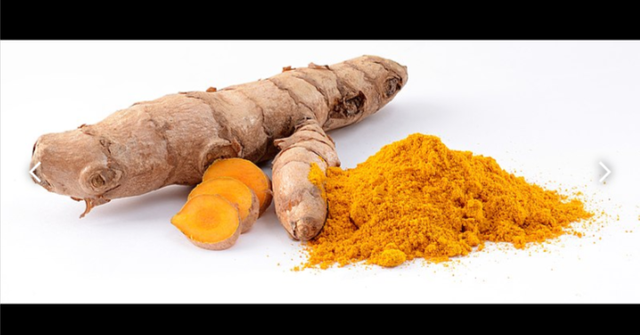Natural Benefits of Turmeric to our Health
Tumeric is a flowering plant, Curcuma longa of the ginger family, Zingiberaceae, the roots of which are used in cooking. The plant is a perennial, rhizomatous, herbaceous plant native to the Indian subcontinent and Southeast Asia, that requires temperatures between 20 and 30 °C (68 and 86 °F) and a considerable amount of annual rainfall to thrive. Plants are gathered each year for their rhizomes, some for propagation in the following season and some for consumption.

Turmeric Contains Bioactive Compounds With Powerful Medicinal Properties
Turmeric is the spice that gives curry its yellow color.
It has been used in India for thousands of years as a spice and medicinal herb.
Recently, science has started to back up what Indians have known for a long time — it really does contain compounds with medicinal properties.
These compounds are called curcuminoids, the most important of which is curcumin
Curcumin is the main active ingredient in turmeric. It has powerful anti-inflammatory effects and is a very strong antioxidant.
However, the curcumin content of turmeric is not that high. It’s around 3%, by weight
Most of the studies on this herb are using turmeric extracts that contain mostly curcumin itself, with dosages usually exceeding 1 gram per day.
It would be very difficult to reach these levels just using the turmeric spice in your foods.
Therefore, if you want to experience the full effects, you need to take a supplement that contains significant amounts of curcumin.
Unfortunately, curcumin is poorly absorbed into the bloodstream. It helps to consume black pepper with it, which contains piperine, a natural substance that enhances the absorption of curcumin by 2,000%.
Curcumin May Help Treat or Prevent Diabetes
According to a past review of studies, curcumin may help treat and prevent diabetes, as well as associated disorders like diabetic nephropathy (also called diabetic kidney disease), which affects people with type 1 diabetes and type 2 diabetes. One drawback: Many of the studies have been done only in animals, not humans.
For example, one study found that feeding 80 mg of tetrahydrocurcumin (one of the main substances of curcumin) per kg body weight to rats with type 2 diabetes for 45 days led to a significant decrease in blood sugar, as well as an increase in plasma insulin.
A study in obese mice with type 2 diabetes published in the July 2019 issue of Nutrition & Metabolism reveals that curcumin supplements helped lower blood insulin levels after 16 weeks.
Meanwhile, curcumin may help prevent diabetes through its anti-inflammatory and antioxidant properties, and improve many of the factors that contribute to diabetes, including insulin resistance, high blood sugar, and hyperlipidemia (a medical term to describe elevated levels of fat in the blood; one type of hyperlipidemia is characterized by high levels of LDL, or “bad,” cholesterol).Still, more human studies are needed to confirm.
The best curcumin supplements contain piperine, substantially increasing their effectiveness.
Curcumin is also fat soluble, so it may be a good idea to take it with a fatty meal.
SUMMARY: Turmeric contains curcumin, a substance with powerfullanti-inflammatory and antioxidant properties. Most studies used turmeric extracts that are standardized to include large amounts of curcumin.
Turmeric also helps in curing cancer and keeping the skin glowing and natural💪